11 GPTs for Art Identification Powered by AI for Free of 2025
AI GPTs for Art Identification refer to the use of Generative Pre-trained Transformers in the realm of art identification and analysis. These tools leverage the advanced capabilities of AI to recognize, categorize, and provide detailed information about artworks. By analyzing visual elements, historical context, and stylistic nuances, GPTs offer tailored solutions for a range of tasks in art identification, making it easier for users to explore and understand art on a deeper level. Their relevance lies in their ability to process and interpret vast amounts of data, making them invaluable for researchers, curators, and art enthusiasts seeking accurate and comprehensive art insights.
Top 10 GPTs for Art Identification are: Art Curator,📷 拍照讲解艺术品 🎨 Museum Guide,Porcelain Classifier(瓷器器形识别),Visual Identifier,Guide Culturel et d'Art,Riwa ArtMuse,What the Art?!,Art Gallery,Art Librarian,Object Identifier
Art Curator
Discover Art with AI Insight

📷 拍照讲解艺术品 🎨 Museum Guide
Discover art's secrets with AI

Porcelain Classifier(瓷器器形识别)
Discover the Past, One Piece at a Time

Visual Identifier
Discover the world through AI eyes.
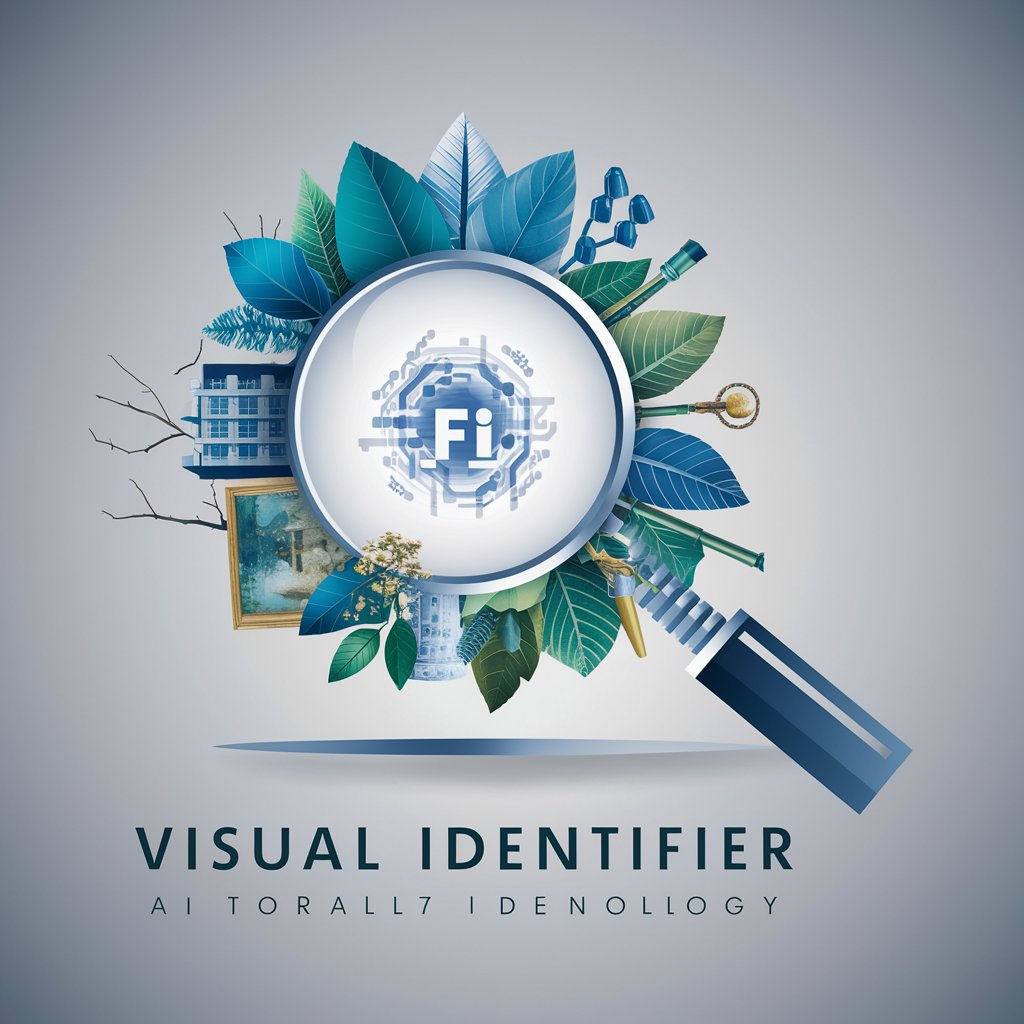
Guide Culturel et d'Art
Empowering Cultural Discoveries with AI

Riwa ArtMuse
Empowering Art Exploration with AI

What the Art?!
Unraveling the art world with AI
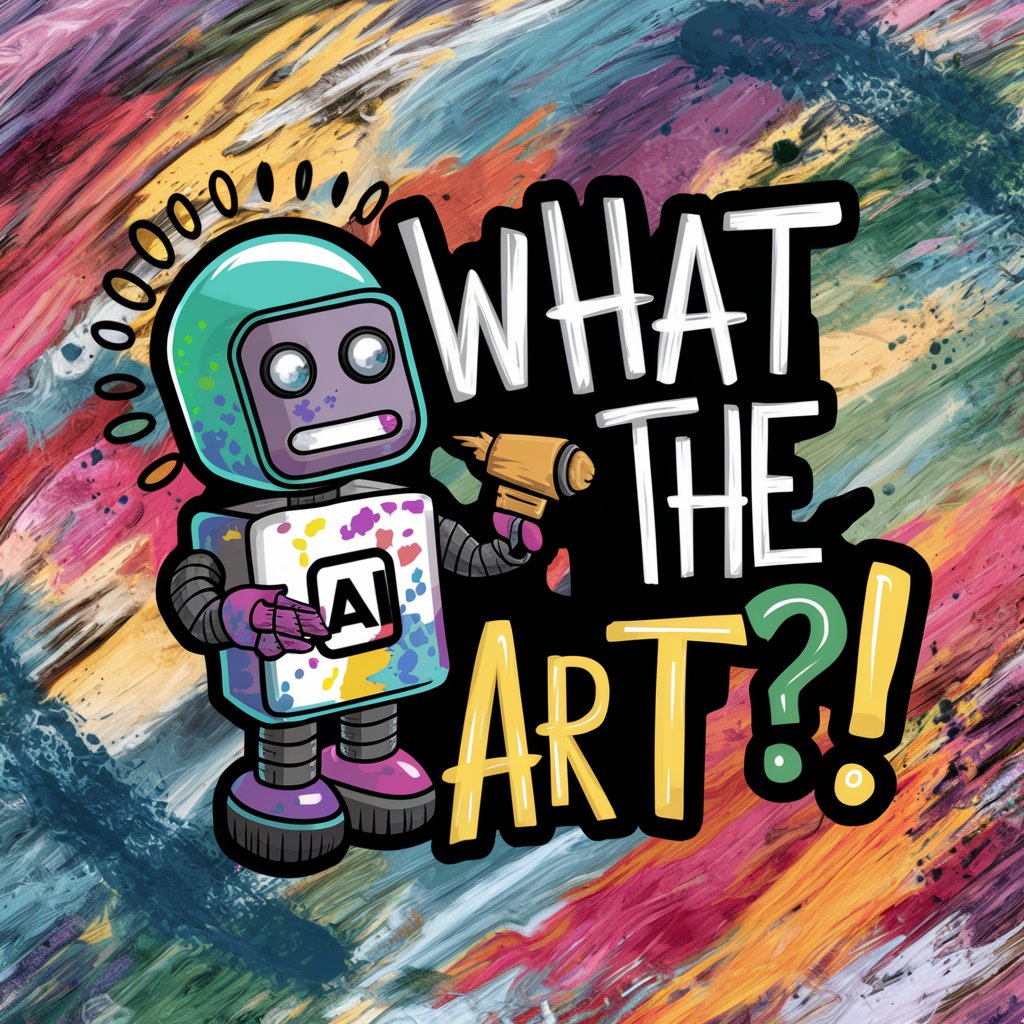
Art Gallery
Explore Art with AI Insight

Art Librarian
Empowering Art Discovery with AI
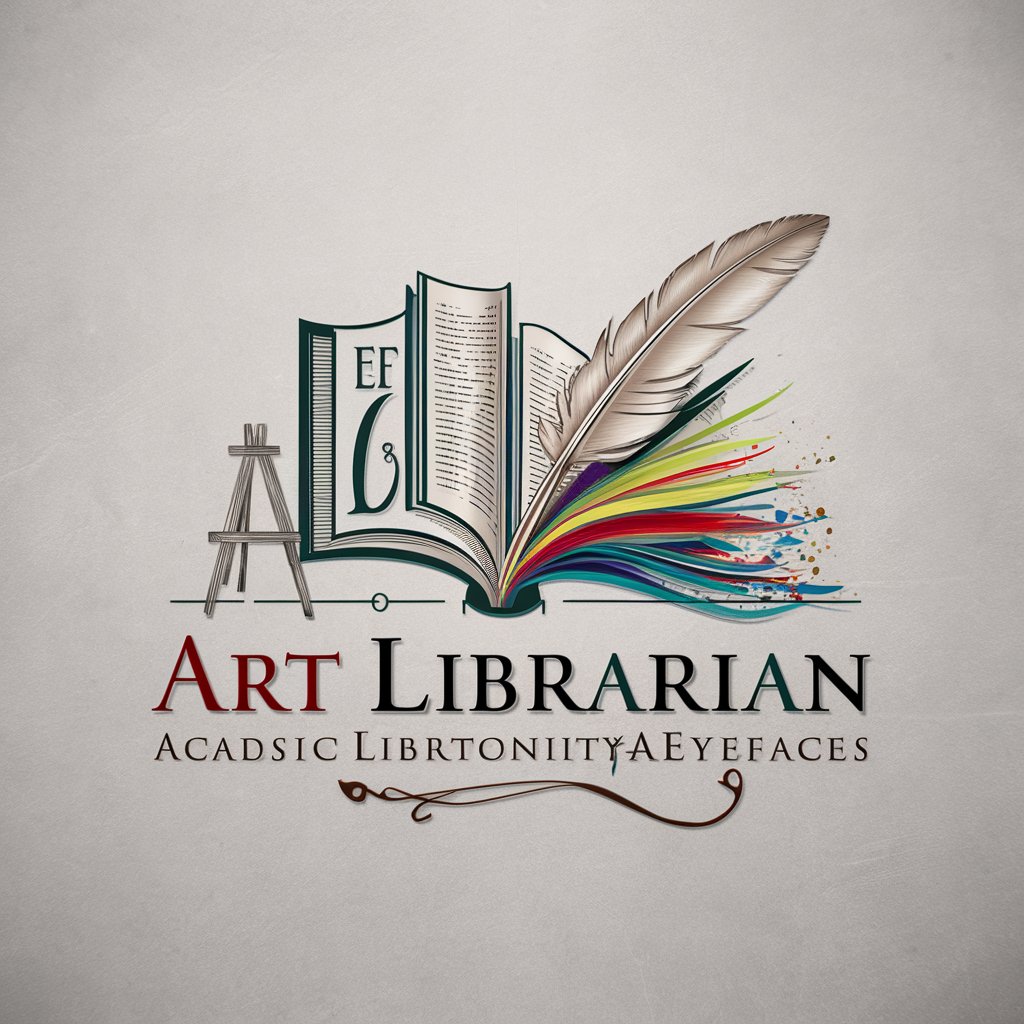
Object Identifier
Discover, Learn, Identify with AI
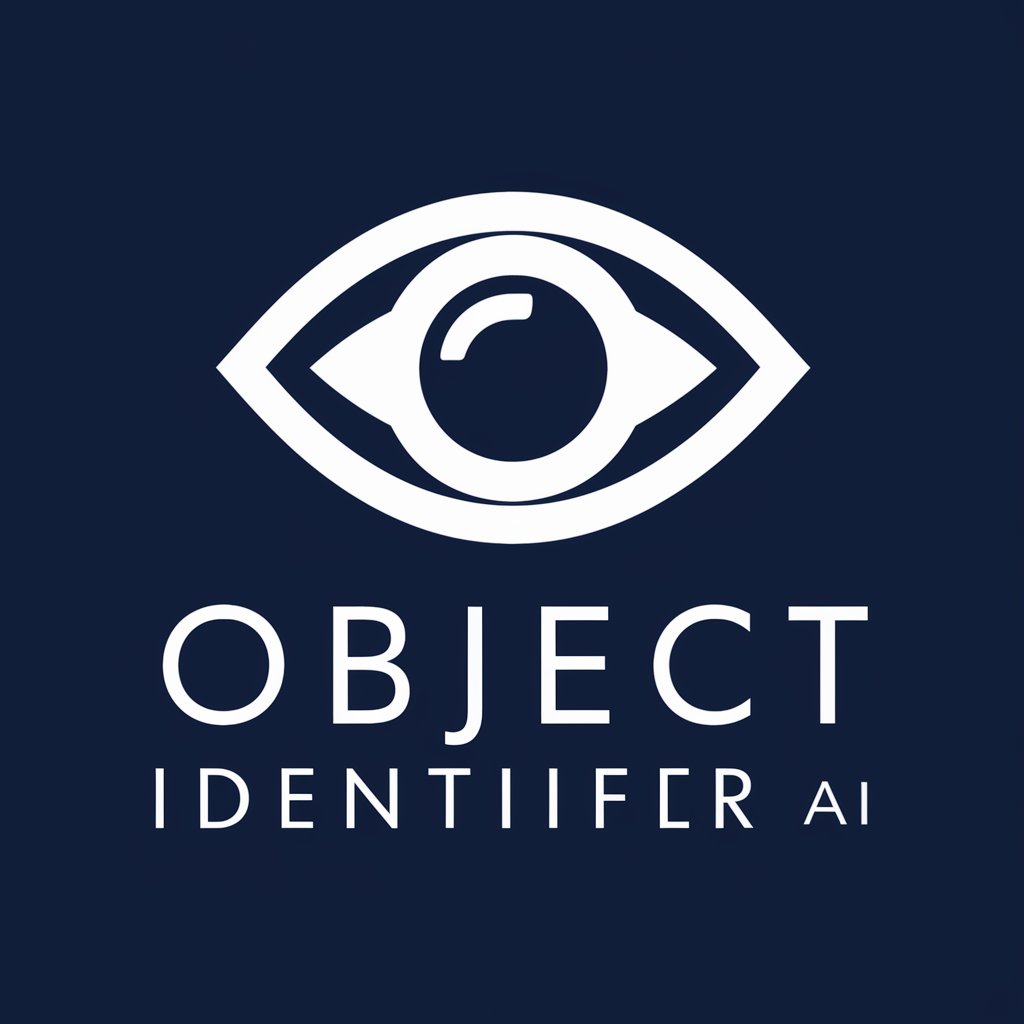
Museum Explorer | Art & Culture Guide
Decipher Art with AI
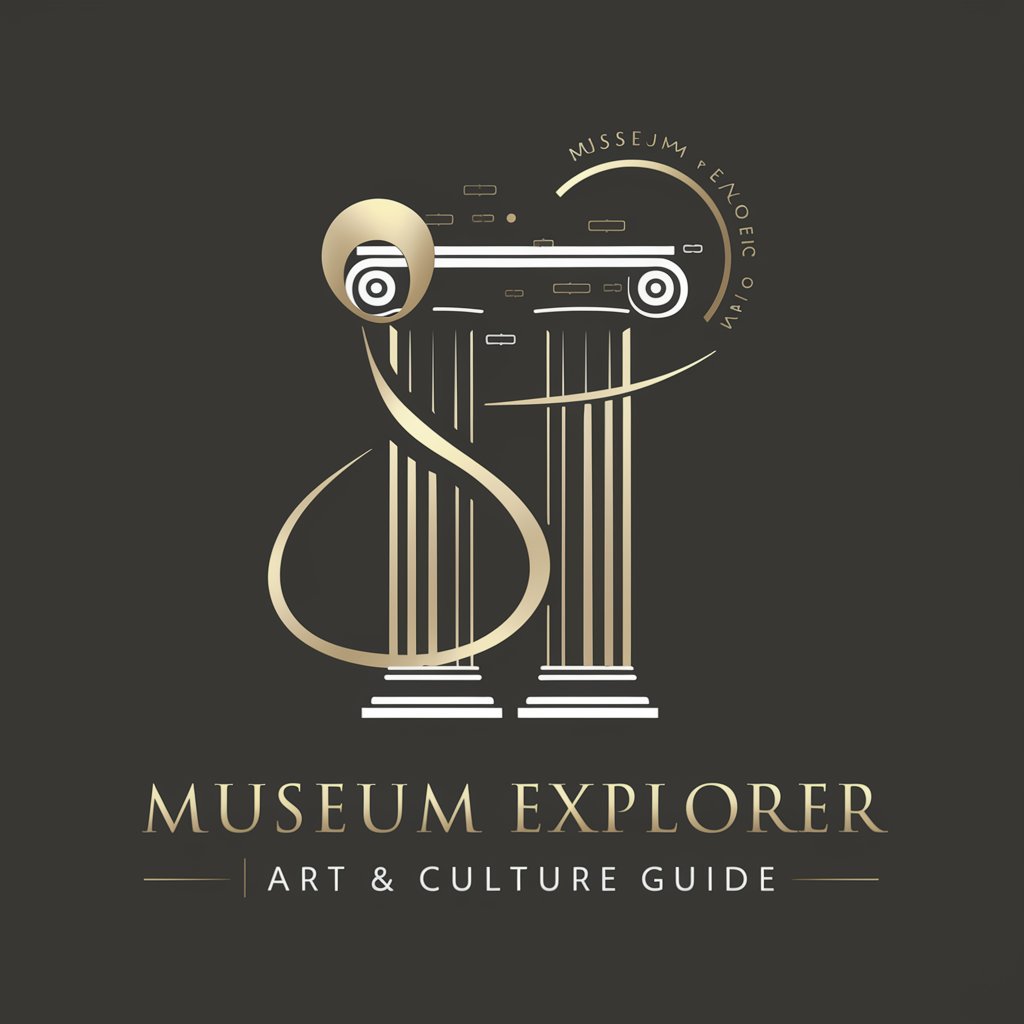
Essential Attributes and Functions
AI GPTs for Art Identification boast unique features that set them apart in the digital art analysis sphere. These include the ability to learn and adapt to new art styles, support for multiple languages, and the capability to conduct detailed web searches for art verification. Special features like image creation from textual descriptions and sophisticated data analysis tools further enhance their utility. Their adaptability ranges from simple identification tasks to complex art historical research, catering to a broad spectrum of art-related inquiries.
Who Benefits from Art Identification AI
The primary beneficiaries of AI GPTs for Art Identification include art historians, curators, educators, students, and technology enthusiasts with an interest in art. These tools are designed to be accessible to novices without coding skills, offering a user-friendly interface, while also providing extensive customization options for developers and professionals in the art field. This dual approach ensures that a wide audience can leverage the power of AI for art identification and analysis.
Try Our other AI GPTs tools for Free
Collection Curation
Discover how AI GPTs revolutionize Collection Curation, automating tasks with advanced natural language processing for efficient, accurate management and enhancement of diverse collections.
Dungeon Customization
Explore the frontier of dungeon design with AI GPTs for Dungeon Customization, offering an innovative suite of tools to automate and enrich your creations with detailed maps, engaging narratives, and unique challenges.
Retail Exploration
Discover how AI GPTs for Retail Exploration revolutionize the retail industry by enhancing customer experiences, optimizing operations, and forecasting trends through advanced AI capabilities.
Location-Based Searches
Discover how AI GPTs for Location-Based Searches revolutionize the way we interact with geographical data, providing tailored, accurate information for any location-related query.
Consumer Research
Explore cutting-edge AI GPT tools for Consumer Research, designed to revolutionize market insights with advanced data analysis and trend forecasting capabilities.
Shopping Efficiency
Discover how AI GPTs revolutionize shopping efficiency, offering personalized assistance, trend forecasting, and seamless integration for an optimized online shopping experience.
Broader Applications and User Accessibility
Beyond art identification, AI GPTs offer expansive applications in art history research, education, and digital curation. Their user-friendly interfaces facilitate easy access for a broad audience, while integration capabilities with existing systems or workflows offer seamless adoption for professional settings. These tools embody the intersection of technology and art, opening new pathways for exploring and interacting with the art world.
Frequently Asked Questions
What exactly are AI GPTs for Art Identification?
AI GPTs for Art Identification are advanced AI tools designed to recognize, categorize, and provide detailed insights about artworks, utilizing data analysis and machine learning.
Who can use these AI GPTs tools?
These tools are accessible to a wide range of users, including art enthusiasts, researchers, educators, and professionals in the art sector, regardless of their technical expertise.
Can AI GPTs recognize any style of art?
Yes, these AI tools are trained on diverse datasets and can adapt to recognize a wide variety of art styles, from classical to contemporary.
How do AI GPTs for Art Identification handle different languages?
These tools support multiple languages, enabling them to analyze and provide information about artworks in various linguistic contexts.
Can I customize these AI tools for specific art identification tasks?
Yes, developers and users with programming skills can customize the tools for specific needs, enhancing their functionality for particular art analysis tasks.
Do these tools require internet access to function?
While some features might work offline, full functionality, especially web searching for art verification, requires internet access.
Are there any privacy concerns with using AI GPTs for Art Identification?
User data privacy is a priority, and these tools are designed to comply with data protection regulations, though users should review individual tool policies.
Can these AI tools integrate with existing digital art databases or collections?
Yes, with appropriate customization, AI GPTs for Art Identification can be integrated with existing digital art databases, enhancing their research and analysis capabilities.